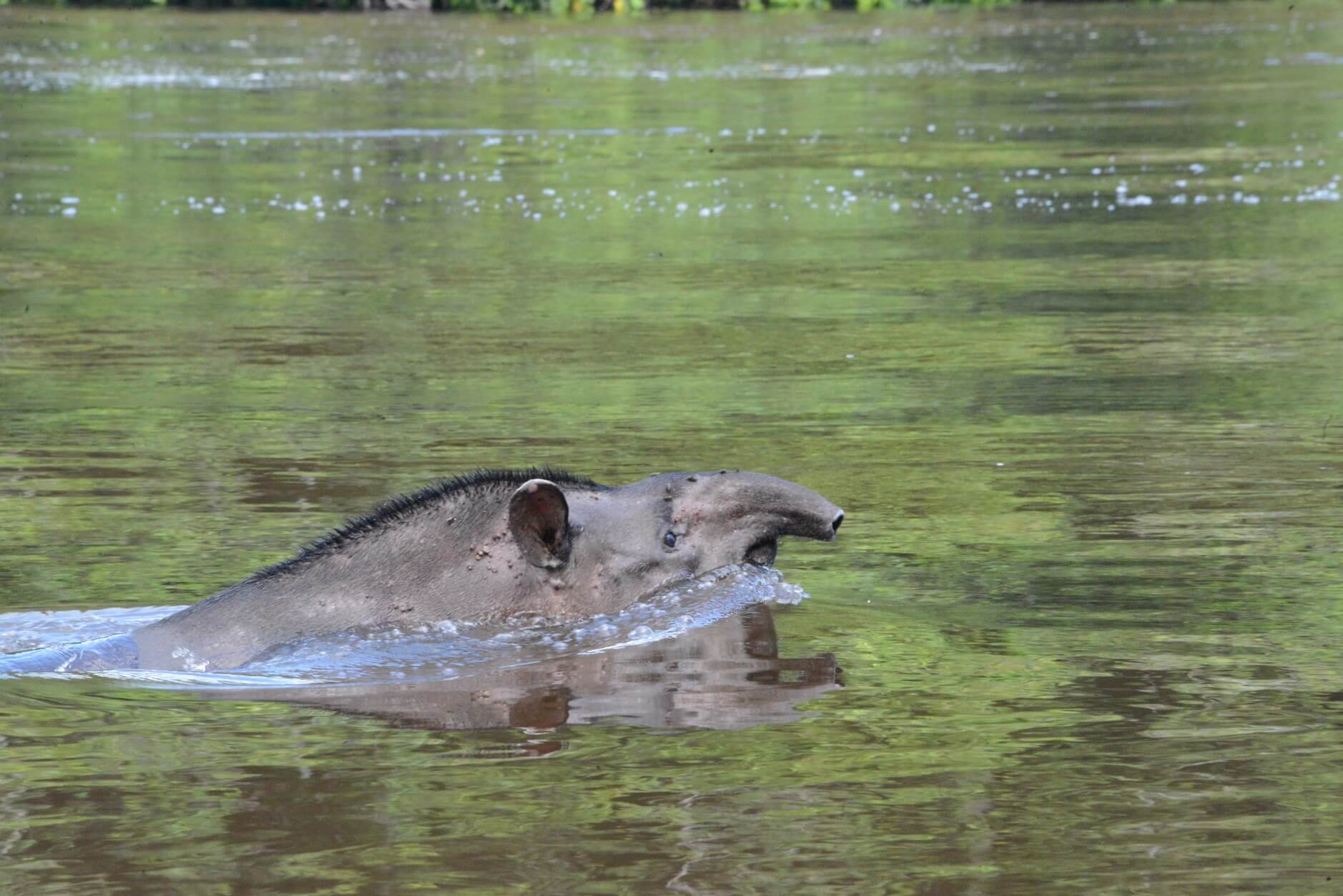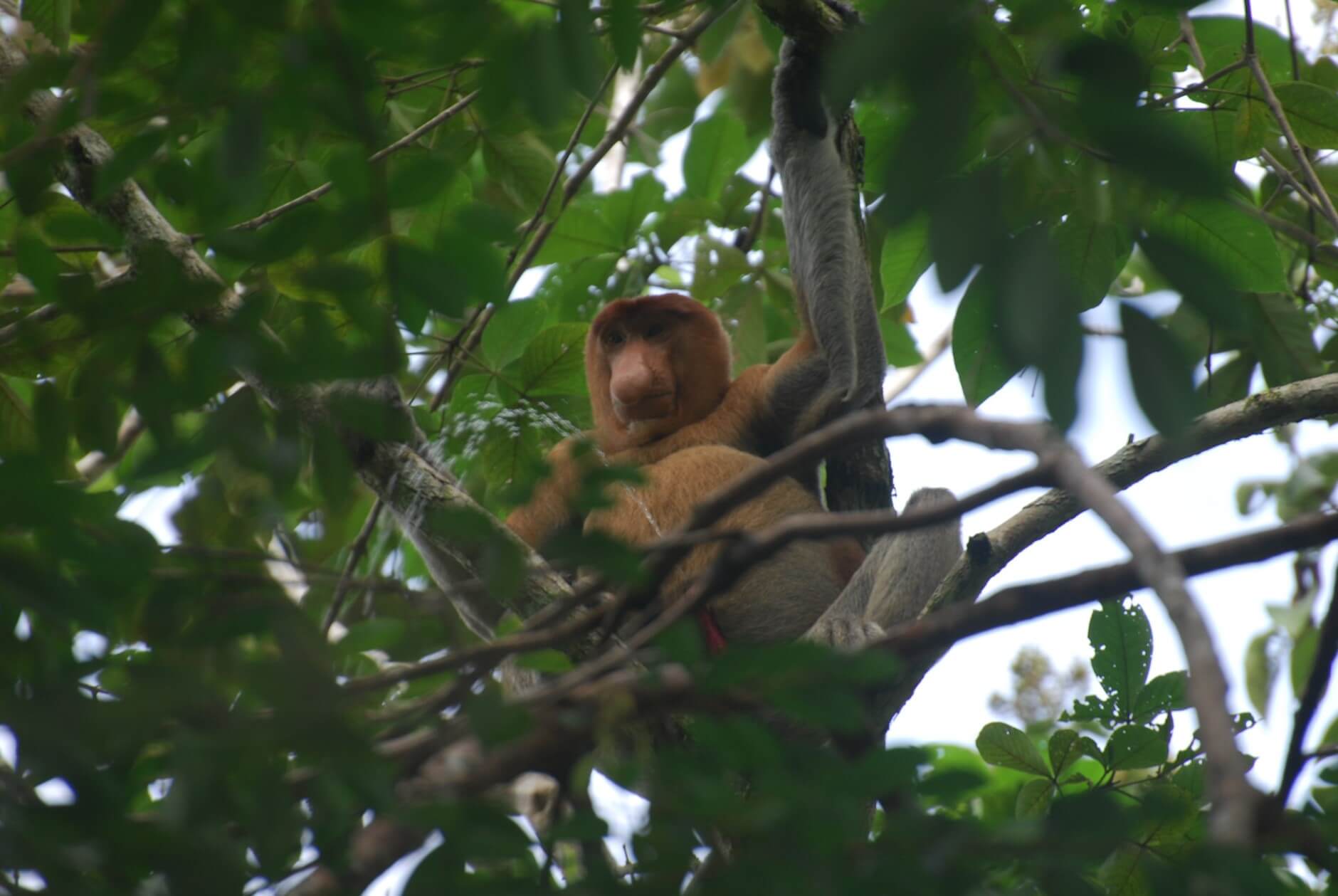Ask ROM Anything: Burton Lim
Category
Audience
Age
About
Every Thursday at 10 am on Instagram we chat with a different ROM expert ready to answer your burning questions on a different subject. This week we’re talking to Burton Lim, Assistant Curator of Mammalogy at the ROM and curating the Wildlife Photographer of the Year exhibition at the museum. He received a PhD in Zoology from the University of Toronto and has conducted fieldwork in 28 countries primarily in tropical regions. His research interests are in the biodiversity and evolution of mammals with a specialization in bats. To document the diversity of bats, he does macrophotography in the field to zoom into fine details of the faces to help in species identification. His photos have been used in scientific papers, books, and magazine articles
Ask Burton Anything
Q. The ROM features a lot of taxidermy in their collection. Any advice on how to photograph it?
A. Photographing taxidermy specimens in the galleries at the ROM can be tricky because most are in display cases behind glass so you will get reflections. The closer you can get to the glass will cut down on this reflection.
Q. How can you tell the age of a bat and how long do they typically live?
A. It is difficult to get the exact age of a bat, but we can usually identify them to age categories like neonate (new born), juvenile, sub-adult, and adult. Neonates are typically hairless and will always be with the mother. Juveniles have greyish or pale fur. Sub-adults will have swollen joints between the finger bones in the wing, meaning there is still cartilaginous growth occurring. Adults have the wing bones completely ossified, meaning the bone has stopped growing and is hard and knobby looking, not swollen. Bats may live about 5-10 years in the wild. The oldest bat on record is about 40 years old! It was banded so researchers could look up when it was first caught to determine a minimum age.
Q. In what locations do you typically shoot?
A. Most of my fieldwork is in tropical countries where there is high species diversity of mammals. I have been to South America many times and Guyana is one of my favourite destinations to do research because most of its natural habitat of rainforest and savanna is still intact. Southeast Asia is another part of the world that I have travelled to several times.
Q. How do you choose Wildlife Photographer of the Year?
A. The ROM has had the Wildlife Photographer of the Year exhibition for the past 8 years. It comes from the Natural History Museum in London, England. NHM has been running the WPY competition for 56 years. We brought in the exhibit because it was a good showcase of the intersection between art and nature. Originally, we were going to show the exhibit for only 1 year, but it became so popular with our members and other visitors that we have been bringing it back year after year since then.
Q. Why did you pick bats to study?
A. It was sort of by accident. When I was doing my undergrad at the University of Toronto, I took a mammal course. The professor was also the curator at the ROM and his interest was in bats. I did a couple of research projects with him and discovered I liked them as well! When I graduated, I got a job at the ROM and went back for my graduate degrees, which were focused on the evolution of bats. So basically, I followed in my mentor’s footsteps.
Q. What is the scariest place your field work has brought you?
A. I have worked in several caves throughout the world looking for bats. One cave in Vietnam, I had to crawl through a tunnel, which opened into a large cavern. But I had to cross over a crevice before getting into the cavern. I shined my headlight down the crevice but could not see the bottom! It was not a long jump across, but I was happy to make it to the other side!
Q. How long do you have to wait for the perfect shot?
A. Depends on what I am photographing. For portrait shots of bats, I do a series of pictures from different angles ranging from profile to 3/4s to frontal. Some bats do not cooperate by opening their eyes or are just not happy and are squirming around. I do not want to stress them out, so just take the shots as is for documentation of the biodiversity. My ultimate goal is to get at least one good photo of each species of bat from a fieldtrip that can be used in reports and presentations.
Q. Do you have a favourite animal to try and capture a shot of?
A. Well, I am still waiting to get a reasonable chance of taking a picture of a jaguar. After 30 years of tropical fieldwork in Central and South America, I’ve only seen one jaguar in the wild! And it was only for a split second, as it stopped on the road to glare at us before taking off into the bush. But I have worked with others who have used camera traps to document large mammals. Sometimes I forget where the cameras are and trigger them. There was at least one trip where a jaguar was caught on camera about 1 minute later following me! So, I think they have seen me more than I have seen them.

Q. What animal was most difficult to capture on camera and how did you get the shot?
A. On a fieldtrip to Guyana last year, we were on a small boat with an outboard motor going downriver back to our base camp. Suddenly, the boat captain started shouting and pointing off to one side of the river. A tapir (the largest land mammal in South America, distantly related to horses and rhinos) was swimming across river just as we were passing! I did not have much time but got off a few shots. One was close enough that you could see all the ticks on its head.
Q. Do you have to use a special flash to make sure it does not hurt the bats’ eyes?
A. Not a special flash, but I use a light diffuser, so it is not as intense as direct flash. I have not figured out an answer, however, the bats do not seem to squint as humans do from a flash. So, it seems that the eyes of the bats are different from ours, but I do not know exactly why or how.

Q. What is your favourite photo you have taken?
A. I was in the forest of Borneo in Malaysia and thought I heard rain falling but was wondering why it was still sunny out. I looked up into the trees and spotted a proboscis monkey peeing! Luckily, not on me, but close enough that I got a picture.
Q. What is the best way to convince people that bats are cool?
A. Bats do good for the environment. In Canada, all 18 species are insect eaters, which means they offer free pest control service for farmers. Many of the bats in tropical areas are fruit eaters, so are great seed dispersers helping the forest to regenerate. And other species are nectar feeders, which makes them good pollinators. Without bats, the forests of the world would not be the same!

Q. Have you worked with a marine animal?
A. Yes, a blue whale! I helped salvage the bones of the largest species ever in 2014 that washed ashore on the west coast of Newfoundland. It was part of the Out of the Depths exhibition at the ROM in 2017. We are working on another one titled Back to the Depths that includes two new skeletons of a right whale and sperm whale, which will open in June 2021.
Q. Can you tell us about your photography kit? Do you need unique equipment for the field?
A. The photography equipment I use in the field can be typically found in a camera store, so not unique. It is considered in the category between “prosumer” and “professional”. In other words, not cheap, but also not super expensive! I have a DSLR camera – digital single lens reflex, which is higher end because I need a fast shutter release and need to adjust my settings such as high F-stop for greater field of depth and finer focusing for up close shots. I also have a macro flash setup for taking pictures of the faces of bats, which is good for identification purposes. This is all on a tripod to keep the camera steady and allows me to use both my hands to handle the bats for photography. And the last bit of equipment is a piece of velvet cloth to use as a neutral background so that the bat is the focus of attention.



